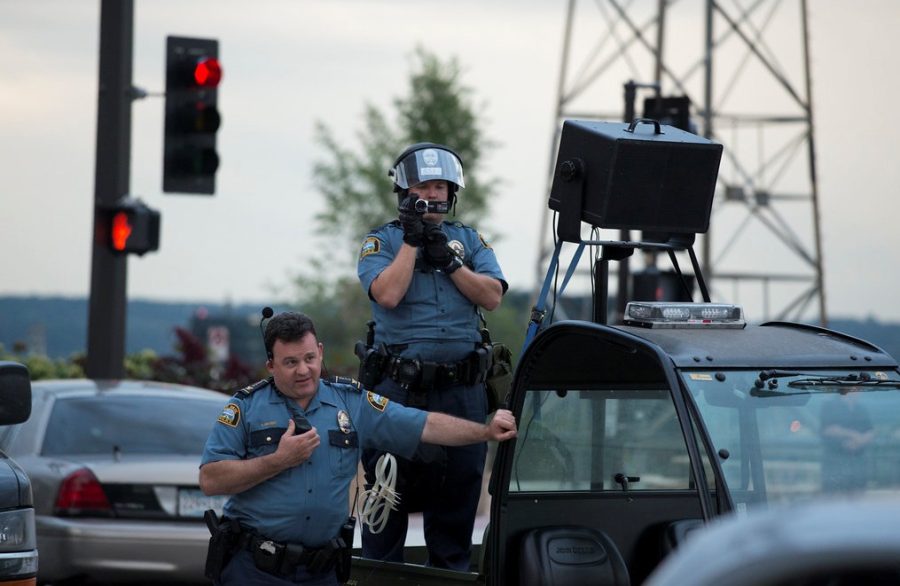Will a law attempting to cap police violence really change anything?
Database Mapping Police Violence found that in 2018, police killed 1,164 people in America. Assembly Bill 392, or The California Act to Save Lives, would put limitations around how much deadly force a police officer could use.
A set of bills that Gov. Gavin Newsom signed into law aim to prevent police shootings. Newsom signed Assembly Bill 392 into law in August and Senate Bill 230 in September, with both taking effect Jan. 1, 2020.
AB 392, otherwise known as the police use-of-force bill, has been a controversial issue debated among politicians, police unions and civil rights groups since its introduction in February.
Police unions and associations were in strong opposition to the assembly bill, as it attempted to restrict the way officers can use lethal force. They said it makes their job even more dangerous and lobbied for a counter bill of their own, SB 230, which had a focus on officers’ training and not on changing the existing language in the law.
Lawmakers on both sides of the aisle worked together and ensured that if AB 392 passed, SB 230 would automatically pass along with it, which appeased law enforcement for the time being.
What AB 392 does is it changes the language of the existing law in hopes of putting stricter perimeters around how police can use their service weapons, which in turn would make law enforcement departments rethink the training they undergo.
The text in any law can be amended in hopes of changing a problem in the real world as time goes on, but the changes to the language used in the law don’t always make that real change in society.
So that begs the question; will it really change things?
The truth is we don’t know yet, as the law didn’t have an emergency declaration attached to it, so it won’t take effect until the new year.
We will have to see what future actions prosecutors take when an officer kills someone and the community feels strongly that it was unjustified. Will they side with the community or will it be the same way it always has, with an officer being cleared?
Either way, people are upset, especially those in the black community, and they have reason to be.
In 2018 police killed 1,164 people in America, according to Mapping Police Violence, a group that tracks police violence. Among all of those cases, the group says an officer was charged with a crime only 1.7% of the time and 25% of the victims were black.
All too often it’s an unarmed black person killed. The community calls it an injustice, protests and marches ensue, city councils hold hearings, the police back their own and the deep divide is once again reignited.
Bills have been passed to right our wrongs in society before, but as the saying goes, laws were meant to be broken, and until the physical changes actually hit the street, we won’t know.
We can just hope this particular bill will actually be effective in solving what it aims to do, for once.

